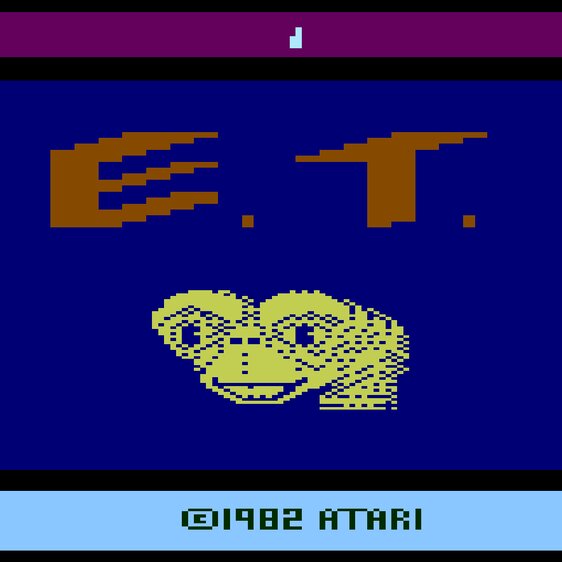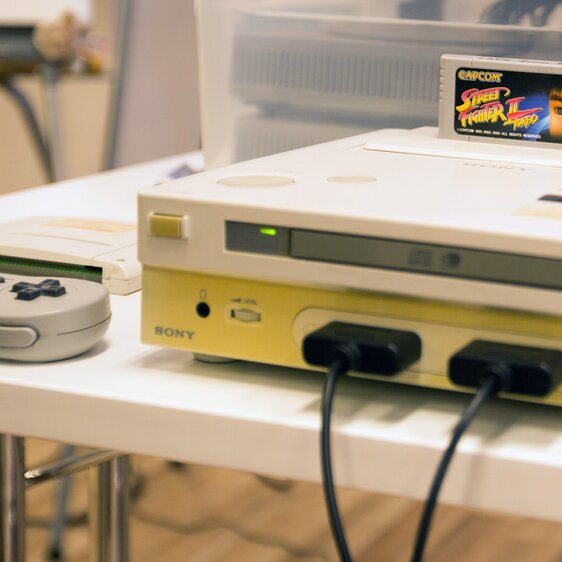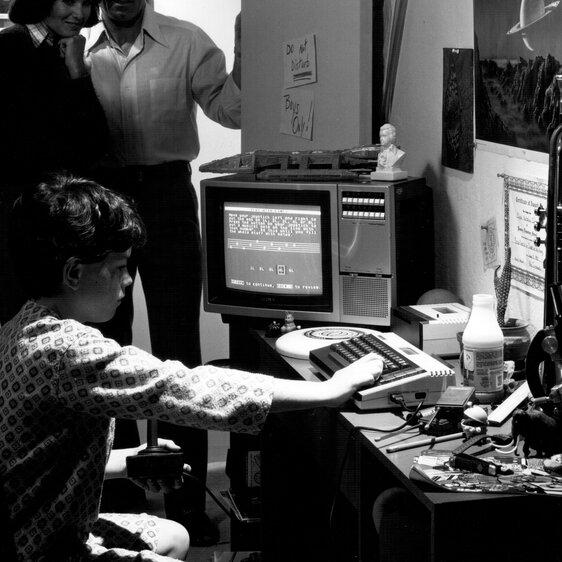Château de Prangins
| 21.3.2021 - 10.10.2021
Fortnite, Mario Bros. and Minecraft are known around the world. And with more than 2.7 billion players globally as well as revenues of almost 160 billion dollars, the video game industry has become bigger than Hollywood. GAMES, the new temporary exhibition at Château de Prangins – Swiss National Museum, tells the story of video games from their origins in the 1970s to the present day. It adopts a historical and technological perspective, inviting visitors to play Asteroids and Space Invaders on arcade game machines and discover some of the video games that have been developed in Switzerland. They will also be able to explore RTS archives and watch shows related to the subject of the exhibition.
Within a few short decades, video games have progressed from a scientific gadget developed in American universities to a substantial sector of the global economy. A third of the world’s population now plays them on a regular basis. Generating revenues of almost 160 billion dollars, this relatively young sector is now more successful than the Hollywood film industry. In 2020, there was even talk of a “coronavirus boom”, with expenditure on gaming up by almost 40% compared with 2019.
The appeal of video games has its roots in 1950s America. William Higinbotham gave everyone with an aversion to sport the chance to play tennis from the comfort of their sofa. In the 70s, video games became a significant economic factor. They also made their way into living rooms and were marketed as a family activity for people to play at home as well as in public. This signalled the start of a golden age for arcade games, including Pac-Man and Space Invaders. A decade later, the first LAN parties took place, with groups of players connecting their computers to a local area network in order to play video games together. At the same time, the computer industry developed portable devices that could be used to play online. By the start of the new millennium, video games had meshed with virtual reality to create an entirely new experience of total immersion in a game world.
The boom in the video game industry soon proved to have a downside, however, with some games including sexist and racist content, and the risk of addiction among young players. The latter will form the subject of a talk by Niels Weber at one of the seven “Soirée au musée” organised by the Château de Prangins.
GAMES retraces the development of video games down the decades. It also gives visitors the chance to play on old computers and obsolete game consoles – and have a go on some classic arcade game machines.
A cultural mediation programme will include family breakfasts followed by tours of the exhibition and a chance to try out some games, gaming afternoons, as well as encounters with psychologists, neurologists, game developers and others, offering visitors the opportunity to meet figures from the Swiss video game industry and explore topics in greater depth, including addiction among young people, the cognitive skills that players develop, and scenes of violence in some games. For full details, visit www.chateaudeprangins.ch.
Exhibition curators: Helen Bieri Thomson, Selina Stuber



